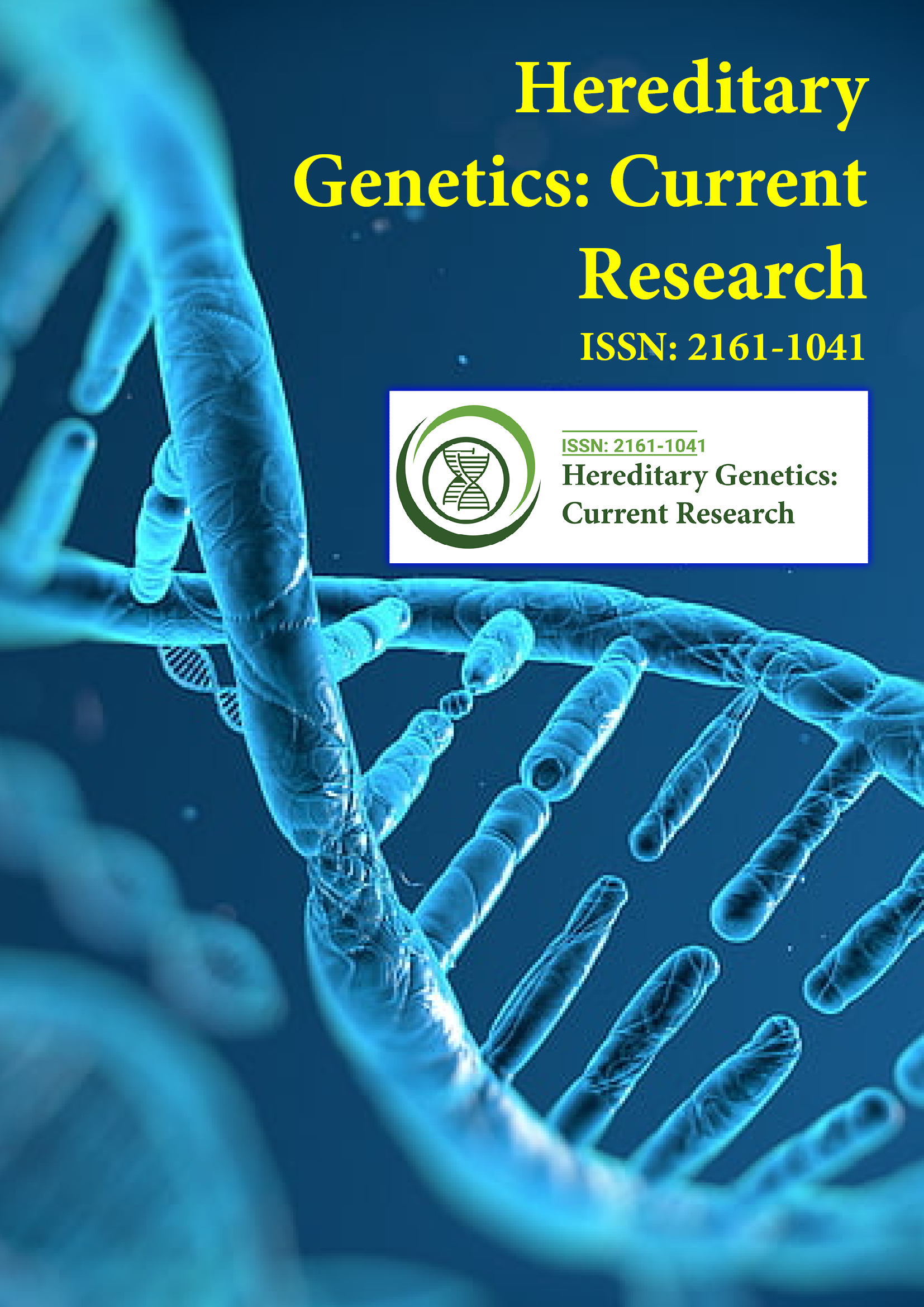indexado en
- Abrir puerta J
- Genamics JournalSeek
- CiteFactor
- Búsqueda de referencia
- Universidad Hamdard
- EBSCO AZ
- NSD - Centro Noruego de Datos de Investigación
- OCLC-WorldCat
- Publón
- Fundación de Ginebra para la Educación e Investigación Médica
- pub europeo
- Google Académico
Enlaces útiles
Comparte esta página
Folleto de diario

Revistas de acceso abierto
- Administración de Empresas
- Agricultura y Acuicultura
- Alimentación y Nutrición
- Bioinformática y Biología de Sistemas
- Bioquímica
- Ciencia de los Materiales
- Ciencia general
- Ciencias Ambientales
- Ciencias Clínicas
- Ciencias farmacéuticas
- Ciencias Médicas
- Ciencias Veterinarias
- Enfermería y Cuidado de la Salud
- Genética y Biología Molecular
- Ingeniería
- Inmunología y Microbiología
- Neurociencia y Psicología
- Química
Abstracto
Prácticas de inseminación artificial en explotaciones ganaderas de la región de Chlef (Argelia)
Mohamed Sadoud
El desarrollo de la ganadería bovina siempre ha sido una prioridad para Argelia con el fin de satisfacer las necesidades de proteína animal de la población. Sin embargo, esta ganadería sufre una débil integración de los modelos técnicos adoptados, lo que se traduce en una escasa productividad.
Se realizó un estudio durante el período de marzo a mayo de 2018 en 75 granjas, que comprenden un total de 488 bovinos. Para ello, se desarrollaron los siguientes aspectos que son la edad del criador, las razas de ganado existentes, el número de bovinos en poder del criador, el estado de los edificios, la época de inseminación, la edad promedio de la novilla al inicio del primer celo, los signos de identificación del celo, el intervalo de tiempo entre el inicio del celo y la inseminación artificial, el número de vacas vacunadas inseminadas, el momento del diagnóstico de la gestación después de la inseminación, el establecimiento del diagnóstico de la gestación, los medios para el diagnóstico de la gestación, las dificultades del parto, los períodos de descanso de las hembras y el período de descanso, los factores de éxito de la inseminación.
Se puede decir que existe una debilidad en la práctica de la inseminación artificial, debido a la falta de conocimientos por parte de los criadores para el dominio de esta técnica. De hecho, casi la mitad de las explotaciones practican la inseminación artificial en vacas lecheras, mientras que la otra mitad practica la monta natural y se muestran reticentes con respecto a esta biotecnología reproductiva. Como resultado, los criadores están lejos de practicar al 100% esta técnica.